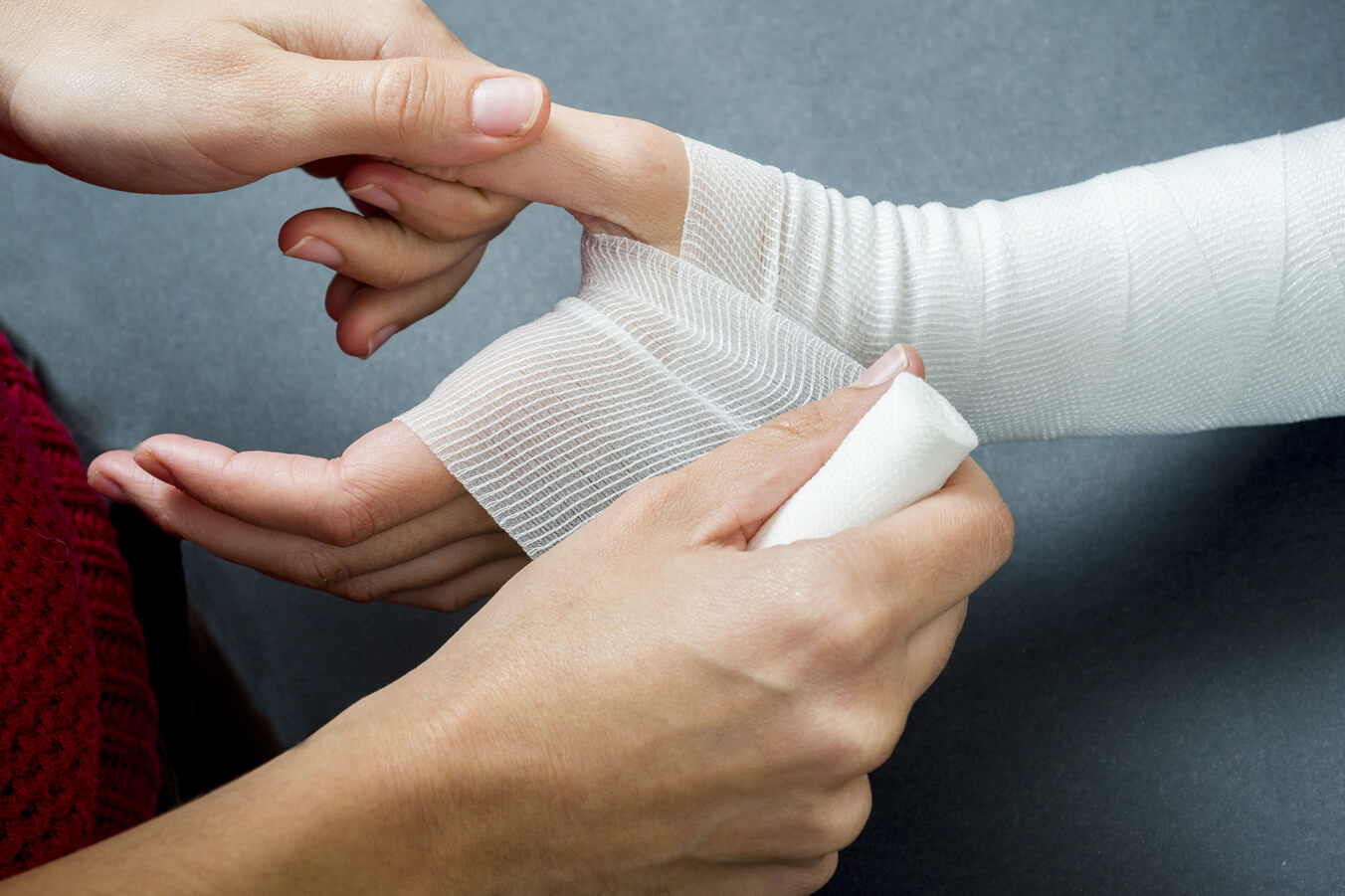Sprains and Strains

For injuries that do not require surgery such as mild to moderate sprains, strains, and shoulder impingements, it is important to see an occupational or hand therapist. At FORM Hand Therapy, our hand therapists specialize in the rehabilitation of hand, wrist, and elbow injuries and surgeries.
Sprains and strains share similar symptoms but involve different connective tissues. A sprain is a stretching or tearing of ligaments in a joint. Ligaments are tough bands of fibrous tissue that connect two bones together. A severe sprain can result in a torn ligament.
A strain is a stretching or tearing of tendon or muscle. A tendon is a fibrous cord of tissue that connects muscles to bones. Strains often occur in the lower back and in the hamstring muscle in the back of the thigh.
Symptoms
Symptoms for sprains and strains vary, depending on the severity of the injury, but typically include:
- Pain, Swelling or Bruising in the Injured Area
- Muscle Spasms
- Limited Ability to Move the Affected Muscle or Joint
More severe symptoms may include:
- Hearing or Feeling a “Pop” in the Joint When The Injury Occurs
- Can’t Walk More Than Four Steps with Significant Pain
- Can’t Move the Affected Joint
- Have Pain Directly Over the Bones of an Injured Joint
- Have Numbness in Any Part of the Injured Area
If you have a sprain, your doctor may mention its grade:
- Grade I – Stretched ligament or a very mild tear with little or no instability at the joint
- Grade II – More serious but still incomplete tear with some looseness in the joint
- Grade III – Completely torn or ruptured ligament with instability at the joint, very painful and cannot put weight on joint
Treatment
Mild sprains and strains will heal with treatment. You can provide initial treatment at home with Rest, Ice, Compression, and Elevation (RICE) therapy. This treatment is particularly important within the first 24 to 72 hours after injury.
At FORM Hand Therapy, our hand therapists can fabricate a custom splint to protect the injured structure during healing, and initiate exercises when appropriate to prevent joint stiffness and regain hand or wrist function. Some of the hand and wrist injuries that are treated at FORM Hand Therapy include:
Wrist Sprain – injury to ligaments that stabilize the carpal bones of the wrist.
Thumb Sprain (Gamekeeper’s Thumb) – overextending the ligament at the inner side base of the thumb.
Finger Sprain – impact to a finger that causes injury to the tendons of the finger.
Triangular Fibrocartilage Complex Injury/Instability – injury to the complex of ligaments and cartilage that stabilizes the bones at the wrist (carpal bones, ulna, and radius).
Volar Plate Injury (“jammed finger”) – hyperextension of a finger on the palm side of the middle phalanx causing injury to the tendon.
Mallet Finger (Baseball Finger) – direct fingertip trauma can damage the tendon that extends the fingertip losing the ability to straighten the finger at that joint.
Contact Us
If you have a question about whether your condition should be treated by one of our hand therapists, call FORM Hand Therapy at (510) 350-3030. You may also request a consultation online.
